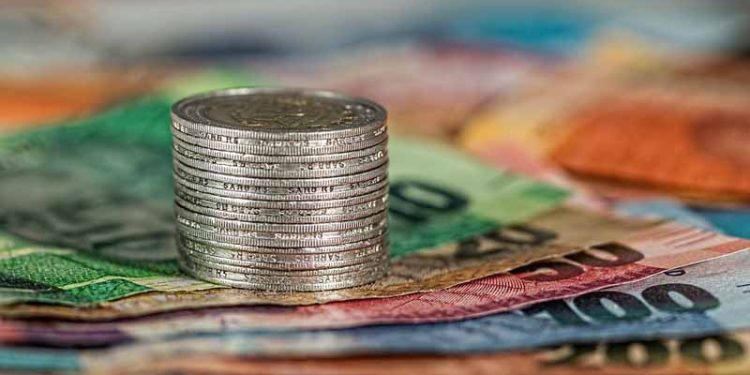A fixed deposit (FD) is a type of investment offered by both public and commercial banks and non-bank financial institutions (NBFCs). You can place a lump sum of money into an FD in exchange for interest and the principal amount at maturity. The period in which you invest in your maturity term and cannot withdraw funds before it expires. If you withdraw before the maturity date, you will be charged a penalty and will get a lower interest rate. It is the perfect moment to invest in FDs in India, as the best FD rates in India are becoming more appealing every year.
A fixed deposit’s interest rate fluctuates from one bank to the next. Furthermore, an FD pays a more significant interest rate than a savings bank account. Depending on the investor’s decision, FD interest rates are paid either at regular intervals or the maturity of the FD. When your investment matures, you will receive the principal amount and the compound interest. Depending on the investor’s decision, interest on an FD is paid either at regular intervals or the maturity of the FD. A separate bank account is not required to invest in a fixed deposit account.
How Does a Fixed Deposit Account Work?
When you put money into a fixed deposit, it is locked in for the deposit term. You will earn interest on such a principal amount, which will be credited to your FD account according to the payout length. You can choose to receive monthly, quarterly, half-yearly, or annual payments. As a result, depending on the conditions, the interest rate is applied to the investment amount and compounded monthly, quarterly, half-yearly, or annually.
When your FD matures, you can either withdraw the money or reinvest it in the same or a different type of FD. You can also set up an auto-reinvest maturity instruction with your bank or NBFC, automatically reinvest the maturity amount at maturity. You can easily change the maturity instruction before the maturity date.
Best FD Rates in India
| Financial Institutions | Best FD Rates in India (% p.a.) | Best FD Rates in India (Senior Citizen) (% p.a.) |
| Induslnd Bank | 2.75 – 6.5 | 3.25 – 7.00 |
| Yes Bank | 3.25 – 6.25 | 3.5 – 7.00 |
| Bajaj Finance Ltd. | 5.65 – 6.8 | 5.9 – 7.45 |
| HDFC | 5.5 – 6.7 | 5.5 – 6.7 |
| Bandhan Bank | 3.0 – 6.25 | 3.75 – 7.0 |
| LIC Housing Finance | 5.15 – 6 | 5.14 – 6.25 |
| Axis Bank | 2.5 – 5.75 | 2.5 – 6.5 |
| Kotak Mahindra | 2.5 – 5.5 | 3.0 – 6.0 |
Features of a Fixed Deposit
- The amount can only be deposited once in an FD account. Any additional investments will need you to register a new FD scheme or account.
- The period ranges from one to five years. For maturity, you can select days, months, or years.
- The minimum investment amount differs from one bank to the next and from one NBFC to the next. Depending on the type of FD, the amount varies between Rs. 1,000 and Rs. 5,000. However, the maximum amount of investment is unconstrained.
- A loan’s interest rate is typically higher than a savings account.
- After the investment, the interest rate is fixed and does not change. Market fluctuations affect the fixed interest rate on any FD. Best FD Rates in India are steadily increasing in value.
- You can choose to invest in a predetermined payment or payout the interest earned when the time comes. Depending on the payout option you select, interest will be credited to your savings account monthly, quarterly, half-yearly, or yearly.
- Any early withdrawal will result in a penalty and a loss of interest because a fixed deposit is supposed to be locked in. Depending on the bank/NBFC, the penalty varies.
- You can borrow against your fixed deposit in the event of an emergency. The interest rate on such a loan will be lower than other loans. A loan secured by a fixed deposit is a secured loan with the FD as collateral.
- You can now use your FD as collateral for a credit card application. Banks also provide a safe deposit box with an FD primary need.
- One can also add a nominee to their FD. In such a case, the maturity funds will be transferred to the nominee if the investor dies before it matures.













